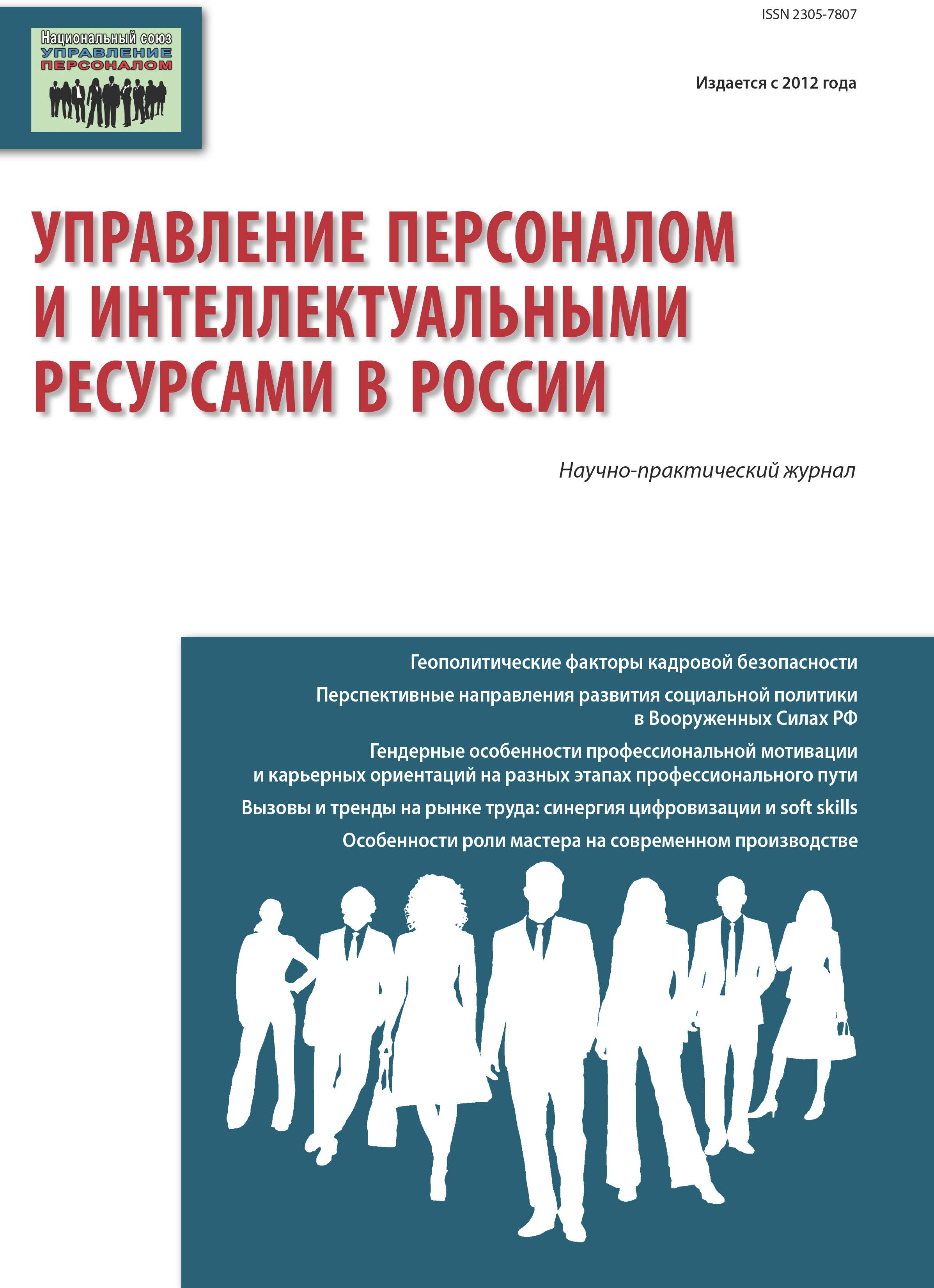The problems of personnel management on the example of studying sports team as a small group. The history of the concept of a small group and prove that sports team meets all the basic features of a small group that can increase its functionality by taking into account the effects of a small group. Highlights the problem of formal and informal groups to sports teams. Emphasizes that the study of the problems of personnel management is helpful to refer to the experience gained in the formation and management of sports teams. Great value of this experience is that the sport is any idea immediately reflected in the sports scores, and thus its effectiveness can be quickly and objectively assess. Especially for team sports such as football. Since sports teams consist of small groups to achieve their high functionality, you need a good understanding of the features of the emergence and development of formal and informal groups. In any sports team, there are two types of groups: formal and informal. Both of these types of groups are important for both its functionality and its impact on its functionality. The most effective team — the one whose size corresponds to its objectives. It should be composed of people with dissimilar personality traits, and whose norms and values contribute to achieving the goals of the organization. In addition, a very important task is to create team spirit, where a healthy level of conflict, and where having a high status group members do not dominate. In the way of team building can stand such serious problems as the lack of effective business activities in general, inadequate moral and psychological mood or low level of professionalism. Creating and managing small groups, the creation of sports teams — a very long and complicated process that requires great effort and knowledge on the part of all involved.
sports team, small group, formal group, informal group, football
КОНЦЕПЦИЯ МАЛОЙ ГРУППЫ
Для понимания успехов и неуспехов спортивной команды полезно рассмотреть ее функциональность с позиций концепции малой группы. При этом надо иметь в виду, что футбол — это не столько борьба на поле, сколько большая подготовительная работа к игре. Это предполагает участие не только игроков, но и тренеров, массажистов и другого вспомогательного персонала. Отдельно выделяется проблема основного состава и дубля.
Исходно проблема малых групп была представлена в трудах двух знаменитых ученых: Мэри Паркет Фоллет и Элтон Мэйо. Социологи достаточно давно отметили, что поведение человека в группе может заметно отличаться от поведения того же человека вне группы. Как отмечает Э. Дюркгейм, группа думает, чувствует и действует вполне отлично от того, как бы вели себя ее члены в одиночку. Еще древнегреческий политик Солон утверждал, что каждый афинянин — хитрая лисица, а народное собрание в Пниксе — стадо баранов. Этой же точки зрения придерживались и римляне, которые говорили: Senatores omnes boni viri, senatus romanus mala bestia (все сенаторы мужи достойные, а римский сенат — злобный зверь). А Фридрих Ницше заметил, что когда сто человек стоят друг возле друга, каждый теряет свой рассудок и получает какой-то другой.
Но и сегодня эффект малой группы исследован недоста- точно для многих областей, он недостаточно исследован для спортивных команд. В частности, нет общепринятого определения понятия «спортивная команда». Все еще необходимо сформулировать (уточнить) применительно к спортивной команде понятие «спортивная команда как малая группа» и предложить типологию малых групп применительно к спортивным командам.
Еще одним ключевым термином, который необходимо определить, — понятие «команда». Понятие «команда» является очень общим понятием [13]. Обычно понятие «команда» трактуется как «группа людей, работающая сообща».
1. Bykhovskaya I.M. Homo somatikos: aksiologiya chelovecheskogo tela. M., 2000.
2. Zvereva V.V. Televizionnyy sport. Logos. Filosofsko-literaturnyy zhurnal. 2006. № 3. S. 63-75.
3. Zinkevich-Evstingeeva T., Frolov D. Tekhnologiya sozdaniya komandy. SPb., 2002.
4. Khemfriz D. Kak upravlyat´ lyud´mi na rabote: prakticheskoe posobie po rukovodstvu: per.s angl.URAL LTD, 1999.
5. Yaspers K. Smysl i naznachenie istorii. M., 1991. S. 331.
6. Blake R.R., Mouton J.S. (1977) Group and Organisational Team Building: A Theoretical Model for Intervening. In Theories of Group Processes. (Ed. By Cary, L. Cooper) John Willey & Sons, 1977.
7. Bykhovskaya I. Body Culture in Russia: Cross-Cultural Analysis of the Traditional - Soviet - Perestroika Spaces. Sport e Culture / Sport and Culture. Callopezzati, 2005. P. 243-253.
8. Bykhovskaya I. Sports, New way of Thinking and Human Values. International Review for the Sociology of Sport. 1993. № 3. P. 194-202.
9. Bykhovskaya I., Mrazek J., Fialova L. Health and Physical Activity in Central and Eastern Europe. European Journal for Sport and Society. Koln-Munster, 2004. Vol. 1. № 2. P. 145-161.
10. Coakley J., Dunning E. (eds.) Handbook of Sports Studies. L., 2003.
11. Hollander E.P. Leadership Dynamics: A Practical Guide to Effective Relationships. New York: The Free Press, 1978.
12. Jarvie G. Sport, Culture and Society: An Introduction. L. & N. Y., 2006.
13. www.wst.com






